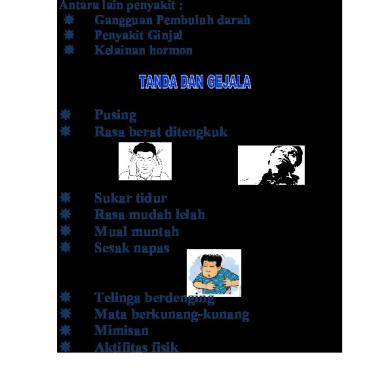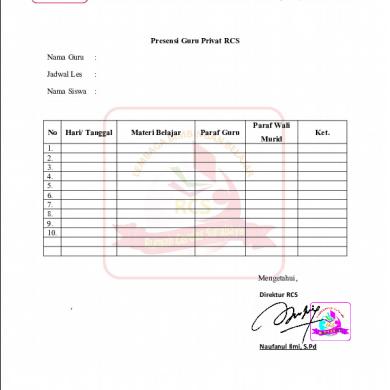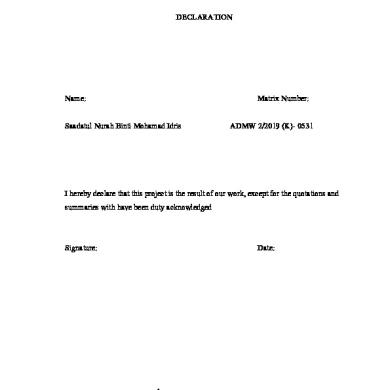* The preview only shows a few pages of manuals at random. You can get the complete content by filling out the form below.
Description
Lesson
MICROECONOMICS Lecturer. TÔ THỊ KIM HỒNG
1
Introduction Chapter 1: Economics and economic reasoning Chapter 2: Tools of economic analysis Chapter 3: Trade, trade-offs and government policy Chapter 4-5: Supply and Demand Chapter 6: Elasticities of demand and supply Chapter 7: Consumer choice 2
Course Assessment: Process assessment: 50% (LMS) Final Exam: 50% Several homeworks to be assigned during the semester on a weekly basis
3
Reference Yates, C. St. J. (1999), Economics: Microeconomics, Phoenix ELT, London Begg, D., Fischer, S. & Dornbusch, R. (2008), Economics, 9th edition, McGraw-Hill Higher Education, Bershire Ison, S. (1996), Economics, 2nd edition, M&E Pitman Publishing, London © TÔ THỊ KIM HỒNG 2016
4
Unit 1: Economics and economic reasoning Economics is the study of how human beings coordinate their wants and desires, given the decision-making mechanisms, social customs, and political realities of the society
© TÔ THỊ KIM HỒNG 2016
5
Economics Economics is a science which studies human behavior as a relationship between ends and scarce means which have alternative uses (L. Robbins, 1932)
6
Economics Discussion: Why should students study economics? Every society must answer three questions?
7
What to produce
Three basic economic issues How to produce
For whom to produce 8
Economics Scarcity Something is said to be scarce when at a zero price, more is wanted than is available (Steven Hackett, 1998)
Choice: Individuals and society can never have everything they desire, they therefore are forced to make choice
9
10
Economics Opportunity cost The opportunity cost of a choice is the value of the best alternative forgone, where a choice needs to be made between several mutually exclusive alternatives given limited resources. The opportunity cost of undertaking an activity is the benefit forgone by undertaking that activity. In economic reasoning, opportunity cost must be less than the benefit of what you have chosen 11
Microeconomics: Study of small economic units such as: firm, individual Macroeconomics: large economic as a whole
12
Positive versus Normative Analysis Positive economic analysis: deal with explanation and prediction, normative questions with what ought to be Normative economic analysis: is not only concerned with alternative policy options, it also involves the design of particular policy choices
13
Incentive: something that induces a person to act
14
Economy household
enterprise; company
Government
15
Unit 3: Markets
• The Circular Flow of Economic Activity
16
What does Government decide to produce ?
17
What is Government?
The role of government Enforce law Maintain competition Redistribute income Correct market failure: Provide market information © NGUYỄN MINH ĐỨC 2011
18
Government: Provide public goods Stabilize the economy Reduce employment Encourage price stability
19
20













